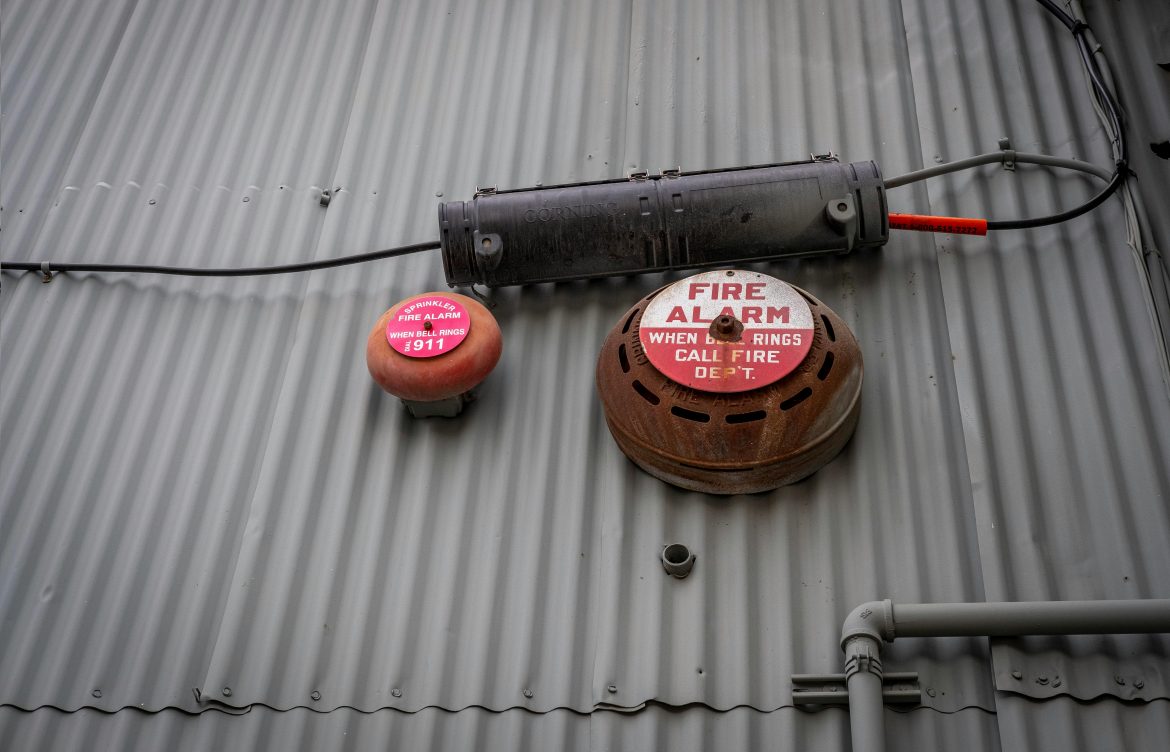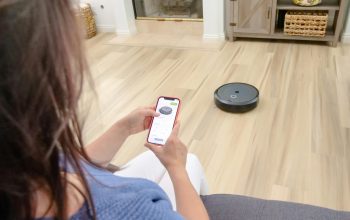How to Reset a Smoke Alarm: Simple Steps for Every Home

Smoke alarms are one of the most important safety devices in your home. They alert you to danger quickly, giving you time to act. But sometimes, they beep for reasons other than smoke. A low battery, power issue, or even dust can trigger the alarm.
If your smoke alarm is beeping, don’t panic. It may just need a simple reset. This guide will walk you through the most common reasons for beeping and how to reset your smoke alarm—whether it’s battery-operated or hardwired.
Understanding Your Smoke Alarm

Before you reset your smoke alarm, it helps to understand what type you have. There are two main types:
- Battery-Operated Smoke Alarms: These run only on batteries and are often easier to reset.
- Hardwired Smoke Alarms: These are connected to your home’s electrical system, sometimes with a battery backup.
Most modern alarms also include a test/reset button. This is the main tool you’ll use when resetting.
Common Reasons Your Smoke Alarm Is Beeping
Knowing why your smoke alarm is making noise can help you choose the right fix. Here are the most common causes:
- Low battery
- Dust or debris inside the unit
- Battery not inserted properly
- Power issues in hardwired alarms
- Humidity or temperature changes
- End-of-life warning (alarm is too old)
- Malfunction or manufacturer defect
Now let’s walk through the reset steps.
How to Reset a Battery-Operated Smoke Alarm
Step 1: Remove the Battery
- Carefully take the alarm down from the ceiling or wall.
- Open the battery compartment.
- Remove the battery and wait 10–15 seconds.
Step 2: Press the Test Button
- With the battery out, hold the test button for about 15–20 seconds.
- This discharges any remaining electrical charge inside the alarm.
- You may hear a beep—this is normal.
Step 3: Insert a Fresh Battery
- Use a new, high-quality battery (usually a 9-volt or AA).
- Make sure it fits tightly and the cover closes completely.
Step 4: Reinstall the Alarm
- Mount it back in place and test the alarm again by pressing the test button.
- The beep should stop. If not, you may need to clean or replace the unit.
How to Reset a Hardwired Smoke Alarm
Hardwired alarms take a few more steps, but the process is still simple.
Step 1: Turn Off the Power
- Go to your home’s circuit breaker.
- Flip the switch for the smoke alarm circuit to OFF.
Step 2: Remove the Alarm
- Carefully remove the unit from its mounting bracket.
- Disconnect the wire harness (it usually pulls apart easily).
Step 3: Remove the Battery (If Applicable)
- Even hardwired alarms often have a battery backup.
- Open the compartment and take out the battery.
Step 4: Hold the Test Button
- Hold down the test/reset button for 15–20 seconds.
- Listen for any chirps or beeps.
Step 5: Reconnect and Restore Power
- Reconnect the wires.
- Replace the battery with a fresh one.
- Mount the alarm back in place.
- Flip the breaker switch back ON.
- Press the test button to make sure the alarm is working.
What If Resetting Doesn’t Work?
If your smoke alarm continues to beep even after resetting:
- Check for dust: Use a vacuum or compressed air to clean the vents.
- Try a different battery: The one you used might be faulty or expired.
- Look at the manufacturing date: If the alarm is over 10 years old, it’s time to replace it.
- Review the user manual: Some models have different reset instructions.
- Contact the manufacturer: There may be a recall or known defect.
When to Replace a Smoke Alarm

Smoke alarms don’t last forever. Here’s how to know it’s time for a new one:
- It’s more than 10 years old (check the date on the back).
- The beeping won’t stop even after replacing the battery and resetting.
- The test button doesn’t work.
- The alarm sounds false alerts often.
Replacing the entire unit can be the safest and most effective fix in these cases.
Bonus Tips for Dealing with a Smoke Alarm Beeping
Here are a few extra tips to help avoid false beeping in the future:
1. Keep It Clean
Dust and small insects can trigger the alarm. Clean it once a month with a vacuum or can of compressed air.
2. Avoid Steamy or Hot Areas
Install smoke alarms at least 10 feet away from stoves, ovens, or bathrooms with showers. Steam can mimic smoke and cause false alarms.
3. Don’t Mix Battery Types
Stick to one battery brand and type. Mixing old and new batteries can confuse the system.
4. Check for Interconnected Alarms
If one unit beeps, the others might follow. If you hear multiple alarms, check them all.
5. Use the Right Alarm for the Right Place
There are special alarms for kitchens and garages. Consider using heat detectors in areas prone to steam or fumes.
Resetting vs. Silencing
Some people confuse resetting the alarm with silencing it. These are not the same.
- Resetting clears any issues and returns the alarm to normal.
- Silencing (or hush mode) temporarily turns off the beeping but doesn’t solve the cause.
Always try to fix the issue and reset the alarm instead of just silencing it.
Smoke Alarm Beeping at Night? Here’s What to Do
If your smoke alarm starts beeping in the middle of the night, it’s likely due to a low battery. Batteries often lose power faster in cooler nighttime temperatures.
Here’s how to deal with it:
- Get up and press the test/reset button.
- If that doesn’t stop it, replace the battery.
- Clean the alarm if needed.
- If the beeping returns the next night, consider replacing the unit.
Summary: Keep Your Home Safe with Regular Maintenance
Smoke alarms save lives—but only if they’re working properly. A beeping alarm can be annoying, but it’s usually trying to tell you something important. Whether it’s a low battery, a wiring issue, or just time for a reset, now you know what to do.
By testing your alarms monthly, changing the batteries once a year, and replacing units every 10 years, you can keep your family safe and sound.



